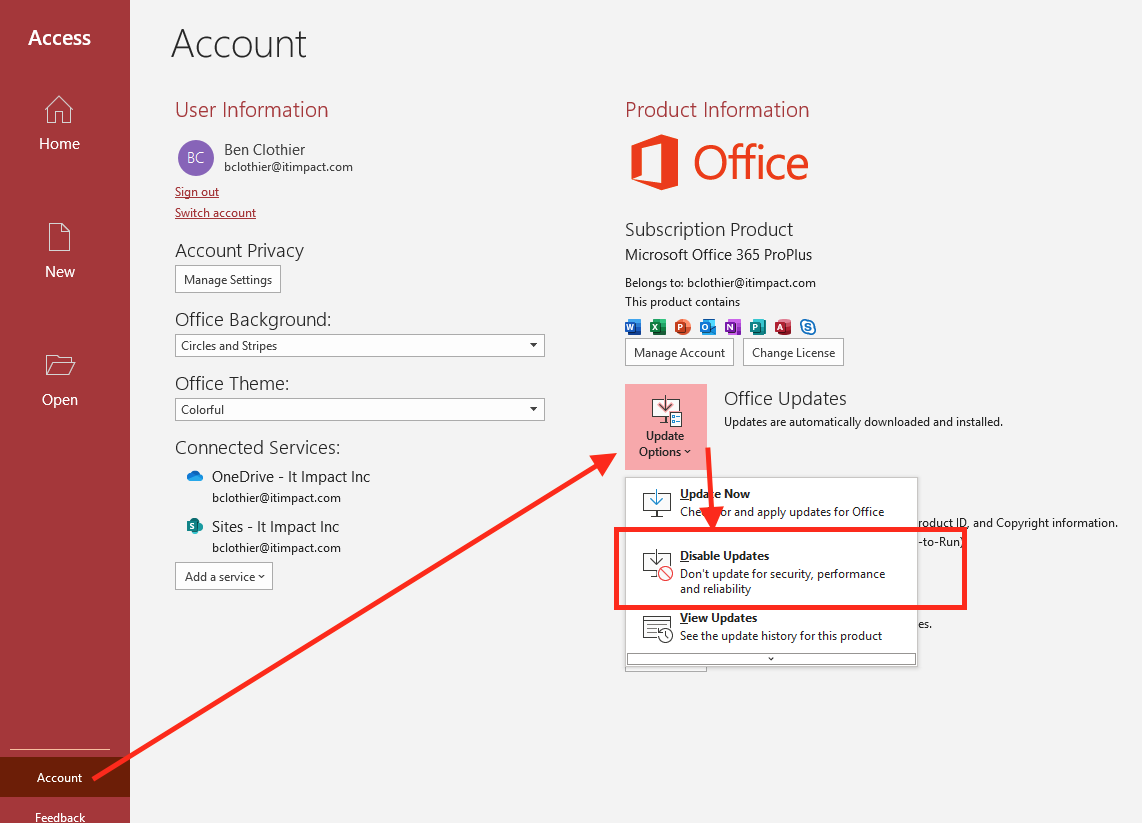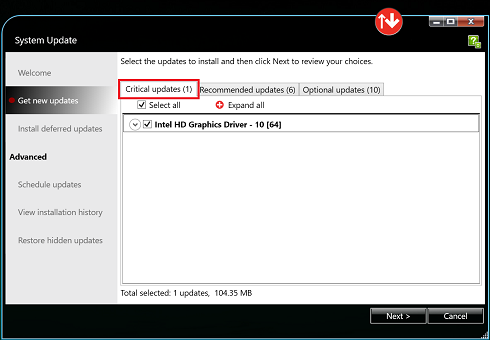

- Applying non critical updates drivers#
- Applying non critical updates update#
- Applying non critical updates manual#
- Applying non critical updates Patch#
- Applying non critical updates software#
Either way, patches simply aren’t available. Perhaps they discontinued the product or are no longer in business.
Applying non critical updates software#
Additionally, legacy software that is required for day to day operations may no longer be supported by the manufacturers. Security appliances can only be patched by the vendor, and even then, they are not the most expedient about patching, meaning some of your security process is actually vulnerable.

There are also situations where patching simply can’t be done. Without an increase in headcount and proper training, there is a limit to how much time can be directed to patching. Patching requires time and understanding of network dependencies, especially with more applications running in the cloud.
Applying non critical updates Patch#
Now combine this with the fact that no one goes to school for patch management and there aren’t many Patch Managers out there (I checked on LinkedIn), and you can see why resources and skills are the top concern of CIO’s globally. On-premise paid solutions can help, but unfortunately, they target the enterprise and are out of reach for many SMEs’ IT departments. To say the process is inefficient is an understatement. For many, patching is handled manually or through vendor supplied solutions that only manage their patches (think Microsoft), meaning you have different processes for different applications. There are likely as many third-party applications on a device as there are OS applications. If you’re already behind on systems security, it’s not hard to see how the number of outstanding patches can quickly overwhelm an already busy IT department.Įven when companies are managing their OS patching, third party application vulnerabilities are too often overlooked completely, leaving security holes on every endpoint. Thus far in 2017 the US is averaging more than 12 publicly disclosed breaches per day with more than 6 billion records compromised. Let’s start with the sheer number of patches released.

IT does not take a devil may care attitude towards security. And if you’re looking to transfer risk, Cyber Liability Insurance may not cover an attack if you’re not fully up to date with patching. Data security compliance regulations, such as the Payment Card Industry Data Security Standard (PCI DSS or PCI for short), are implementing stronger requirements. “We haven’t been able to get to it,” is a common refrain, and one that is starting to raise a lot of eyebrows. So why isn’t patching more of a priority? A recent Juniper study concluded that SME’s typically run older software and tend to spend less than $4,000 on cyber security, leaving them even more vulnerable to cyber attacks. But if you’re a small to medium enterprise (SME), the news is even worse. Running an out of date OS triples the risk of a cyber attack. Just 31% of companies running Windows are on the latest operating system (OS), with 60% running Windows versions that no longer receive regular support. As WannaCry and its variants showed us, keeping up with patches is difficult.
Applying non critical updates update#
Installed updates can be removed manually, but this action is recommended only when a particular update is found to be causing issues.Patching is a major challenge for IT managers everywhere. To perform its task, Windows Update requires the Internet Explorer Web browser because it uses ActiveX controls to modify the software used in the computer. Troubleshooting assistance is also provided for failed Windows updates. Windows Update provides an update history, which can be viewed by the user to determine what has been installed and the time of update. Optional updates are the only updates installed manually.
Applying non critical updates manual#
Again, Windows Update can be configured to perform either an automatic installation or a manual installation, although important updates are usually recommended for automatic installation. Important updates provide favorable benefits like increased reliability, privacy and security.ĭepending on the settings, Windows Update can deliver security updates, service packs and critical updates. Recommended updates help in addressing non-critical issues.
Applying non critical updates drivers#
Optional updates are updates to drivers and for enhancing the user experience. Windows Updates are classified as optional, featured, recommended and important. The update can be set to automatic or it can be configured to check for updates weekly. Windows Update is available in the Control Panel feature of the Windows operating system.


 0 kommentar(er)
0 kommentar(er)
